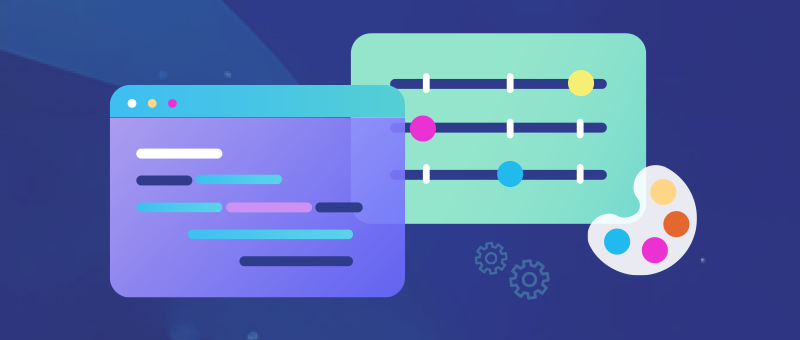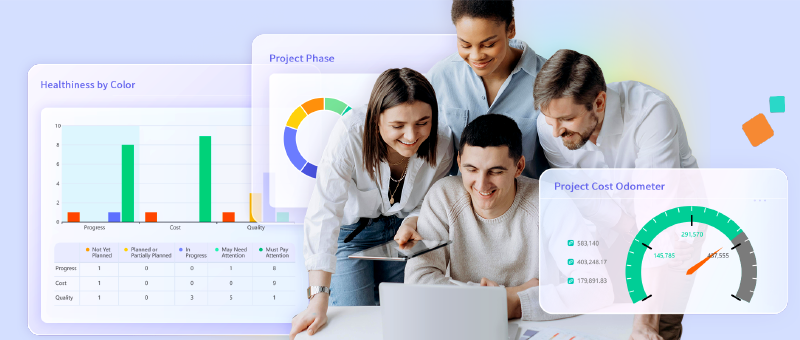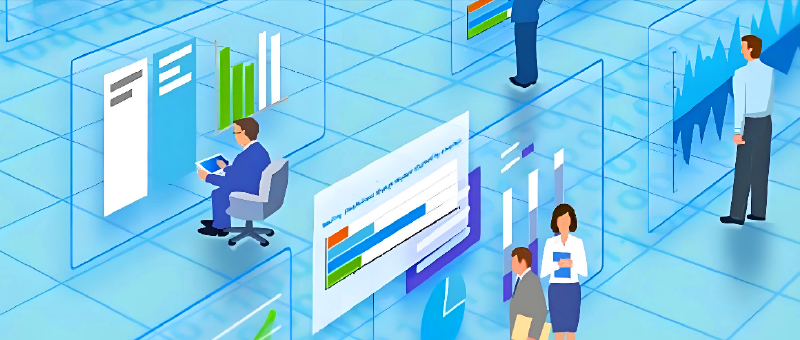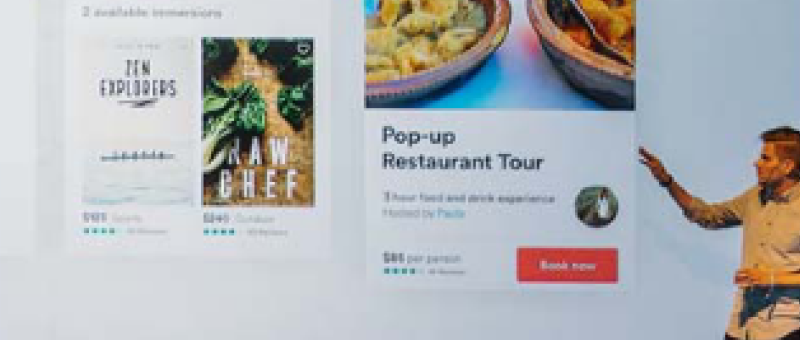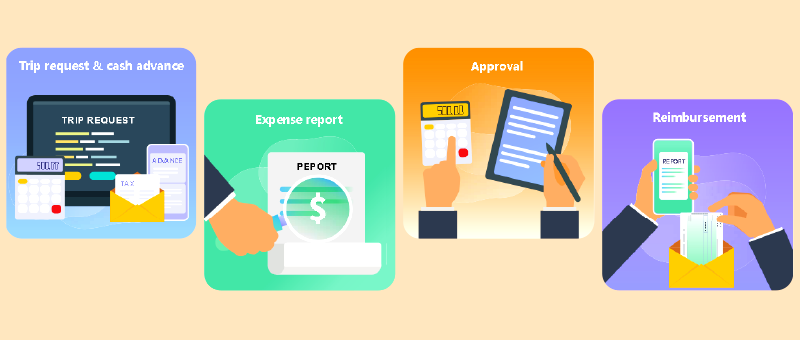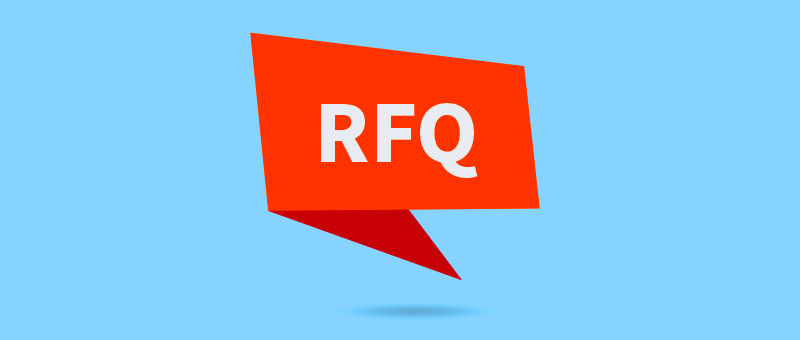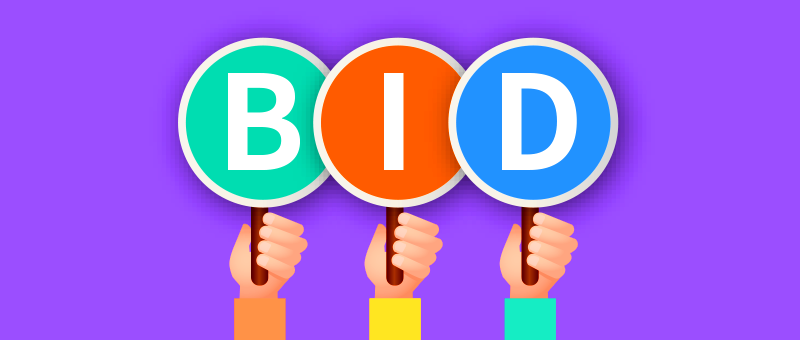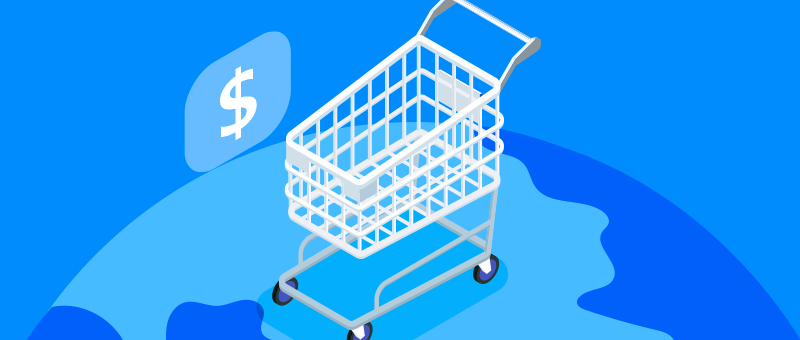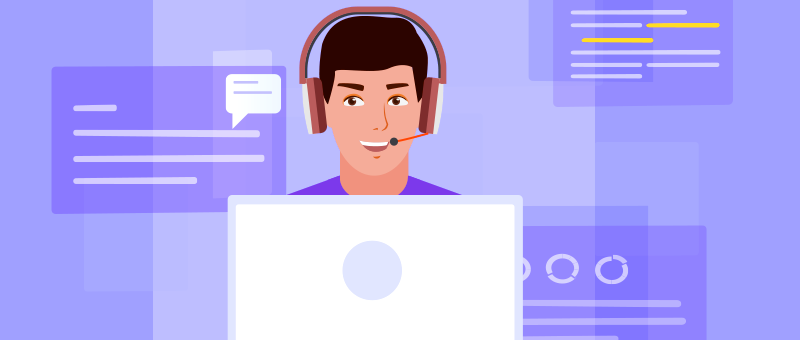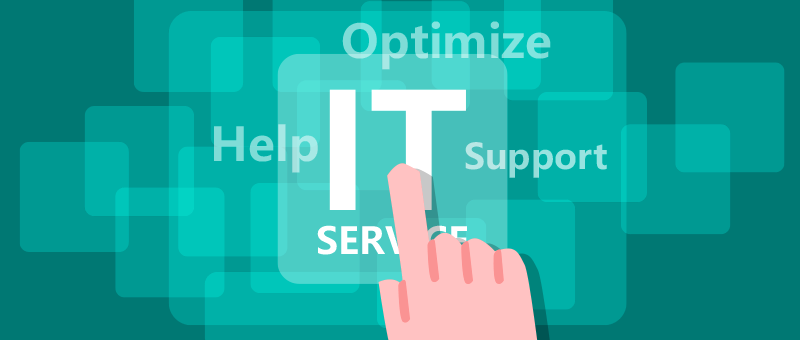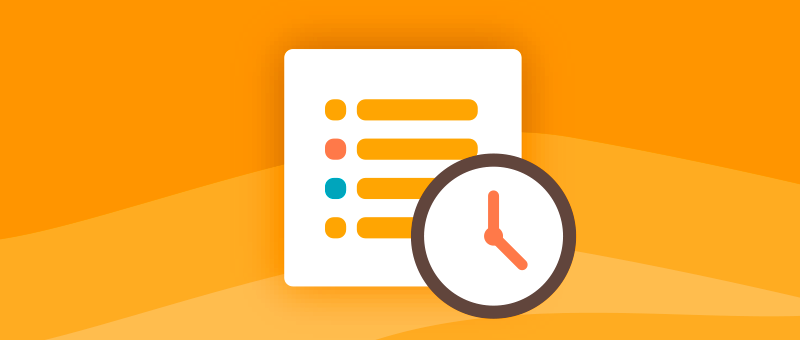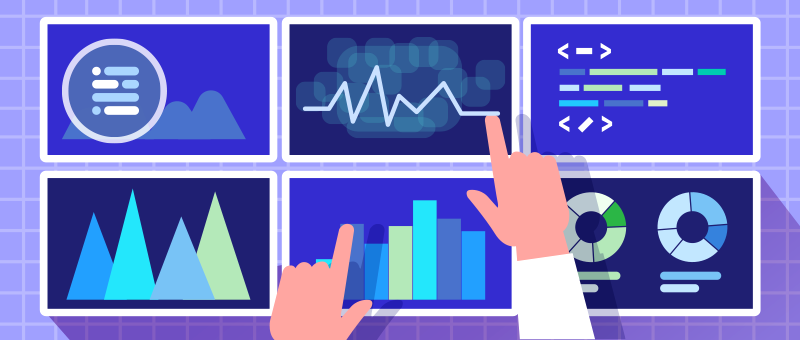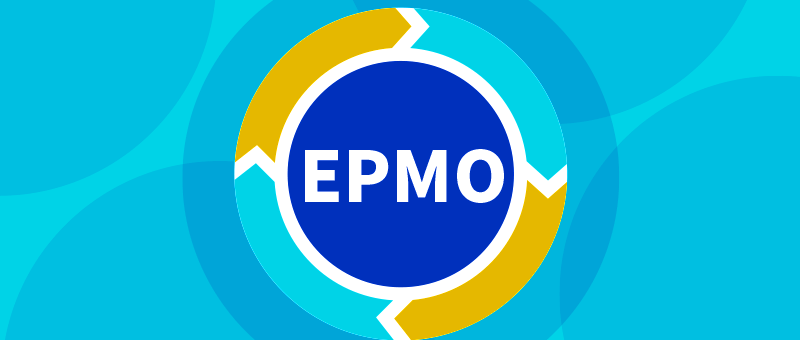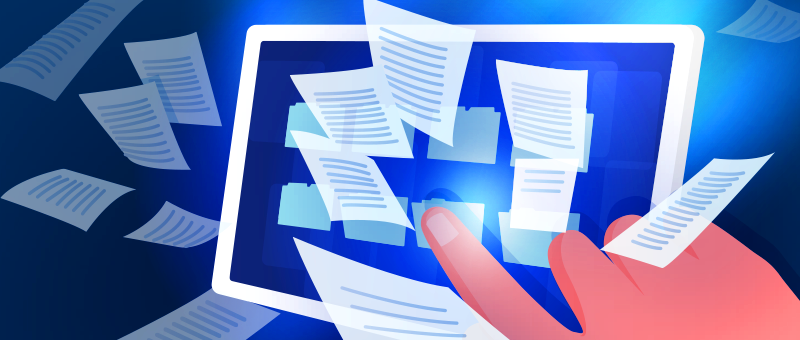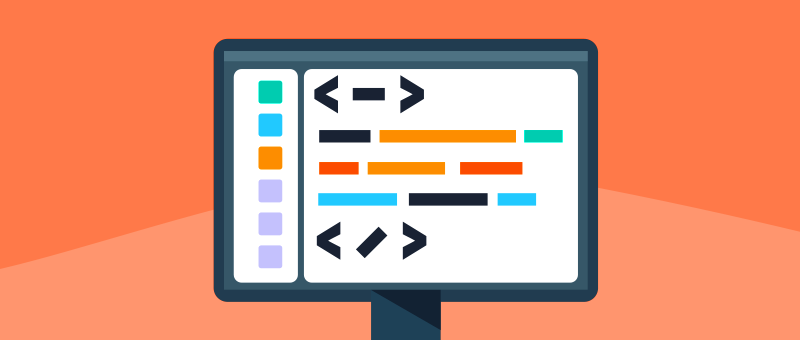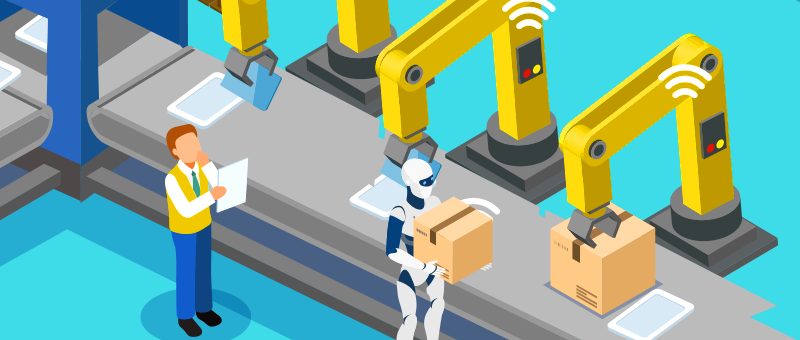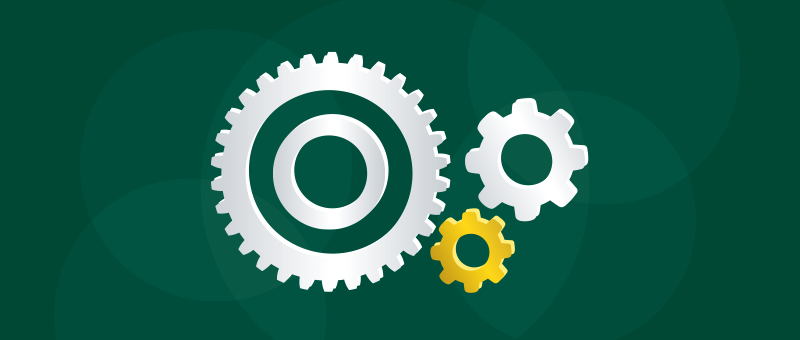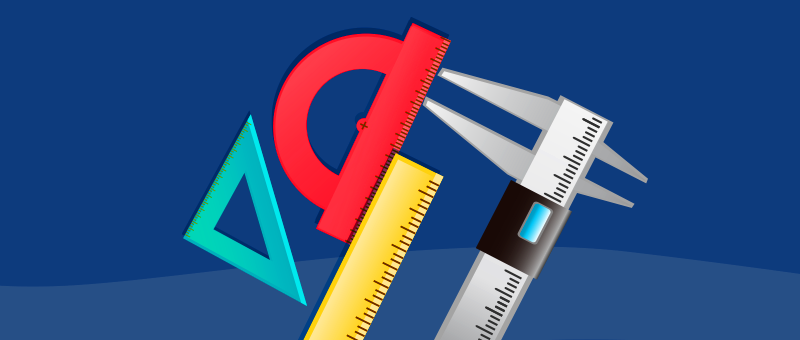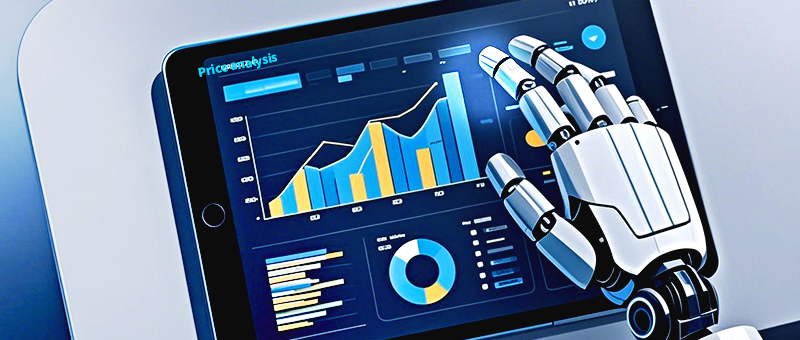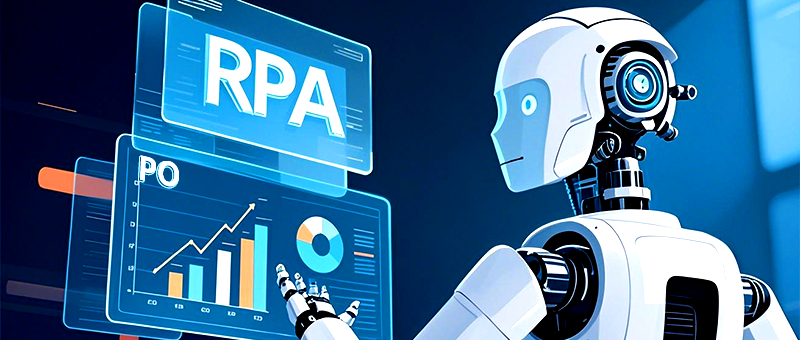




































-
State-of-the-art Application Framework
8Manage Application Framework allows its client to do the following:
- Using any combination of the 8Manage prefabricated applications the way they are as off-the-shelf products
- Customizing any combination of the 8Manage prefabricated applications and connecting them to other systems
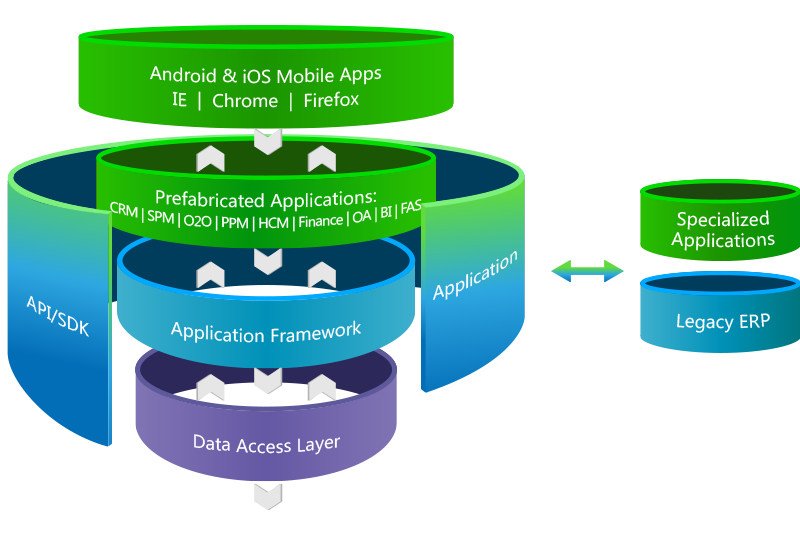
Each 8Manage prefabricated application has very rich functionality but still highly customizable because they are based on the common framework that enforce software engineering disciplines. The application framework also provides the common libraries to each application so that it can realize the desirable characteristics described in the following sections.
-
Integrated Management
The key in integrated management is effective information; the purpose of One Design One System (ODOS) is to provide agile, accurate and multi-dimensional information. Getting agile and accurate information in a linked silo system (mentioned above) is impossible since there are different models of each element (e.g., order) in a linked silo system. The data mapping is done EITHER automatically but superficially, resulting in inaccuracies OR in detail but manually, resulting in slow delivery of information. Human beings often see things one-dimensionally; but real life problems often are multi-dimensional. Human brains are far more effective if the system can respond quickly (i.e., a few seconds) with the multi-dimensional information that they need to understand the problems and make their decisions. The speed with which the system can provide the multi-dimensional information will make a BIG difference from human’s brain effectiveness and their responsiveness to the business events standpoints.
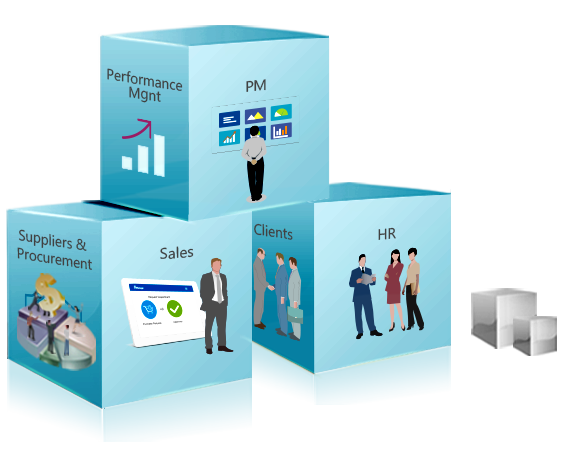
Another significant value of effective information is to keep people honest. Effective information prevents the creation of multiple versions of the truth, reduces defensiveness and gets people more focused on problem-solving.
-
Real-time Business Map to Monitor Entire Enterprise On 1 Screen
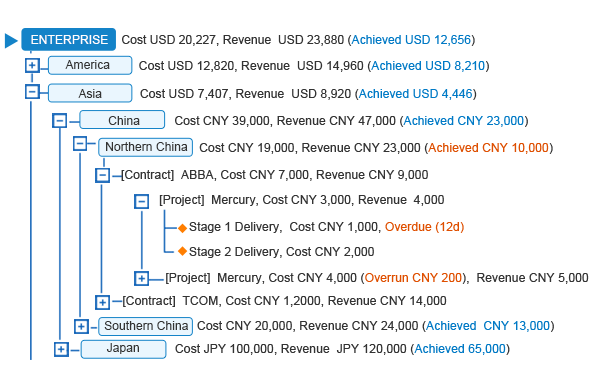
When managing multiple stores, factories or offices in different locations, one must be able to see their activities and results in real-time. For example, one must know the revenue, product (stock), human resource and cost information of each store and the aggregated information of all stores. The decision won’t be effective if only 1 out of the 4 important categories of information is provided. Also, poor information supply leads to poor decisions: decisions will not be accurate if the information such as revenue shortage, wrong product in stock, inability to hire or overrun cost can only be obtained after the facts.
8Manage is One Design One System (ODOS). Once the information is captured, the system will automatically integrate multi-dimensional information and aggregate them in real-time. Accountability is built-in for each data entry and business result. The 8Manage Business Map screen allows multiple views of the business structure according to line of business or operation. If someone is viewing the business map and another person is submitting issues or reporting deliveries, the business map viewer will see the business map update instantaneously. The ability to be able to view changes and results in real-time helps people make more effective decisions; the transparency (since everyone who has the appropriate privileges can see the information clearly in real-time) helps keep people honest. Both are important improvements in the fundamentals. -
Sales, Product, Procurement, Project and Team Performance
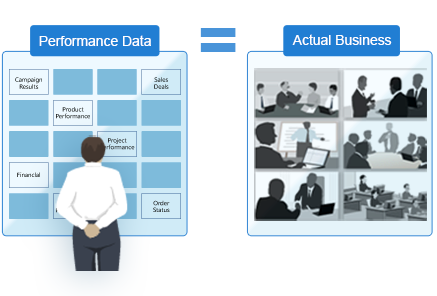
The key in managing sales, product, procurement, project and team performance is to ensure “said” and “done” are consistent. If this fundamental is not properly managed, the team will focus more “said” than “done”.
KPI can be used to narrow the gap of “said” and “done”, but KPI must be (i) representative and (ii) continuously measured. If the measurement is done once a year, by the time each employee or the team realizes there are gaps, it is already too late because they can’t change the facts. All people can do is to “defend” and the defensiveness will result in even more energy being spent on “said” rather than on “done.”
8Manage provides historical data to help teams establish representative KPI. 8Manage also continuously measures and reminds people of the target, gaps and issues from day one. Once each person or team successfully submits and finishes their deliverable, they will immediately see the impact on the KPI measure. This will encourage people to focus their energy on getting things done. -
Real-time Strategy Execution Management
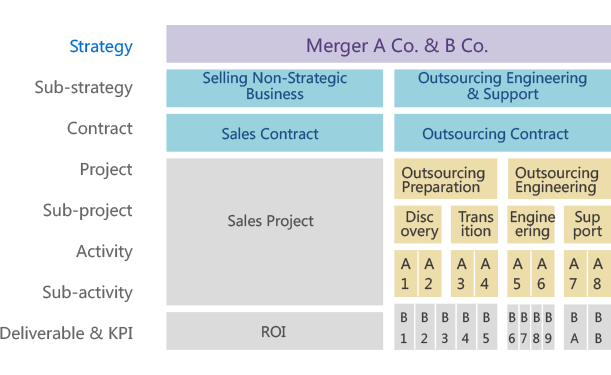
Strategies fail because strategies and their execution plans and people are not in sync. 8Manage helps to connect strategy planners to the execution steps early. In the 8Manage environment, the strategy planner will need to structure the relationships of each strategic goal and the deliverable in each layer. This will bring vagueness and disconnection to the surface and the overly grand or vague strategies will be either altered or terminated. The upfront altering and elimination of the problematic strategies helps avoid false hope and waste of efforts on the strategies that would yield little or no results but instead focus efforts on the useful and executable strategies.
In 8Manage, each strategic goal is linked layer-by-layer down to one or more deliverables of the bottom layer. When a deliverable is successfully complete, it will impact the KPI from the bottom layer up to the topmost layer. Once strategy execution starts, the entire process is transaction-oriented. Each transaction has an owner so that accountability is crystal clear and the result of each transaction will affect other transactions and/or the KPI in each layer. Managers at each layer can watch transactions and KPI changes daily or even hourly to observe progress and issues. The structural thinking and planning and the accountability-oriented tool help the successful execution of strategies.
Strategies are for the realization of a vision. Visionaries must use an effective platform to gradually and systematically transform the present state to the future they envision. Without 8Manage, some visionaries may know what they want the future to be, but cannot know how to successfully transform the present complex reality to fulfill their vision. -
Real-time End-to-end Business Management
In end-to-end business management, people often need to merge different data from different systems into the data warehouse and then use business intelligence (BI) tools to analyze. This process is not only “expensive,” but also “impractical.” The problem occurs because most business users do not have a sufficient IT background to operate the BI tools. Some business users manage to obtain their IT colleagues’ assistance, but the process is far too “slow” for real-time monitoring of end-to-end business and making timely operational decisions.
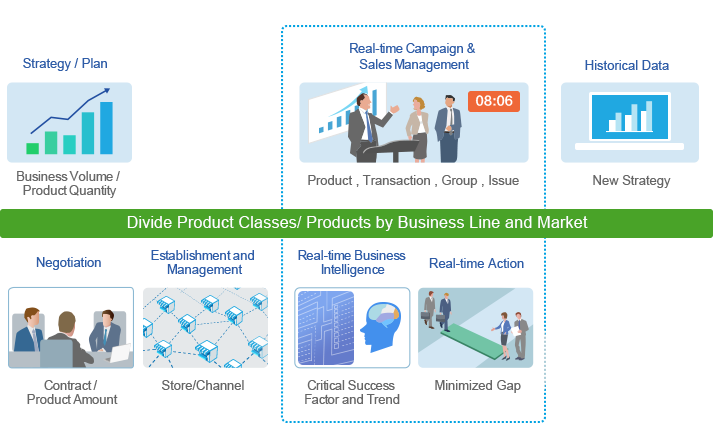
8Manage database is designed for CRM, product management, inventory management, project & portfolio management, supply management, HCM management and document and knowledge management and can be extended with real-time interfaces to other transactional systems. For obtaining multi-dimensional view of data in 8Manage, it is as simple as doing a “search” or an “advanced search” and most business users know how to do searches. Furthermore, 8Manage can combine the search results with other embedded functions so that the business users can analyze and take instantaneous actions at the same time.
8Manage also provides a point-and-click report generator to allow business users to put search results in the format that they want for their reports. -
Real-time Transaction-oriented Interactions
To be specific, the differences between the management models of document-oriented and transaction-oriented are as follows.
- In the static view, the plan on the document-oriented management platform and the plan on the transaction-oriented management platform look very similar. But they differ greatly during dynamic execution. The document-oriented management platform can only trace and manage plans and reports in different versions, but the transaction-oriented management platform can dynamically capture and manage transactions and changes of every atomic actions on each activity, deliverable, milestone, goods receipt, goods delivery, invoice and payment and continuously provides most up-to-date actual and reforecast information in individual item level to aggregated enterprise level.
- In terms of data reliability, the data in the document-oriented management platform can be quietly changed and controlled by one to two people and the audit trail it can provide is so weak that no one can’t easily trace on the details of the changes while the higher data in 8Manage is aggregated from lower level transactions and no one single person can totally control the upper level data. The fundamental difference between these two types of platforms is in their architecture and the data reliability on the document-oriented platform can’t be achieved by adding more audit functions.
- In terms of data connectivity and agility, the typical reports of document-oriented management platforms are published after the fact, while 8Manage real-time dashboard reports are being continuously updated.
- In terms of monitoring, a document-oriented management platform can only monitor submission and approval of the documents, but 8Manage not only can monitor these, but also any details that are exceptions to the rules defined by the organization.

- 100% browser-based
- 100% real-time
- 100% multi-currency
- English-Chinese



